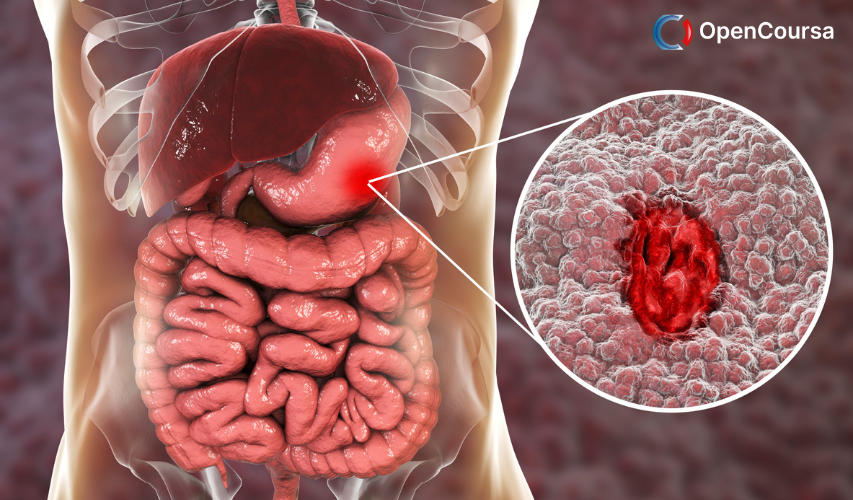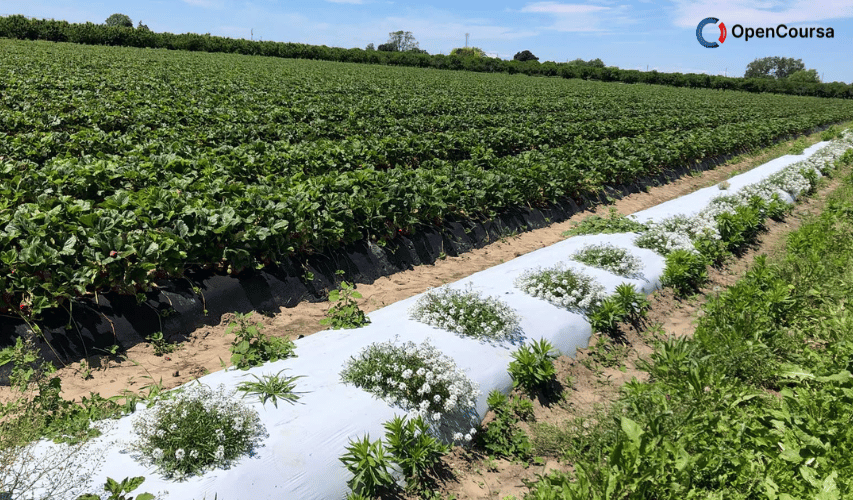Home » Course Layouts » Free Course Layout Udemy
This course, Attachment in the early years, covers theory and research in the area of attachment in early childhood. In the 1950s, John Bowlby was the first person to develop a theory about the significance of early attachments between caregivers and very young children.
0
59
English
English [CC]
FREE
- Learn basic syntax that can apply to any language.
- Learn what is a programming language and the basic concepts for beginners.
- Understand what is Javascript in it's truest form.
- Know the basic syntax of Javascript.
- Know some hidden quirks in Javascript.
Description
Introduction
For most, if not all, people, the attachments we have with others are at the center of our lives and play a large part in determining how happy and contented we are. Attachments are two-way, dynamic processes between people and start from the beginning of life. John Bowlby, often called ‘the father of attachment theory’, was the key figure in developing a complex model of the attachment system and proposing how it serves to provide security to individuals while also encouraging them to be active in the world. Research-based on this theory is revealing the significance of the early years of life in the formation of attachments that go on to be central throughout life. This free course gives an introduction to this exciting area of contemporary study and the ethics of research with children. His work has stimulated a massive and very productive field of research with important implications for childcare. This OpenLearn course describes Bowlby's theory and the work that has built on it, illustrated with video recordings of the assessment of attachment in a laboratory setting and a talk by an eminent attachment researcher.Course learning outcomes
After studying this course, you should be able to:- Describe attachment classifications and how they are assessed
- Describe the features of caregiving that influence attachment, and the significance of attachment for lifespan development
- Discuss why the attachment system is an adapted and adaptive mechanism
- Recognize the need for ethical conduct in research carried out with children
- Describe the ethical principles of the British Psychological Society (BPS) and explain how research can be conducted ethically in line with these principles.
Course content
-
- Introduction to attachment 00:25:00
- The needs of immature young 00:15:00
- Attachment and Human Evolution 00:10:00
-
- Attachment Theory 00:15:00
- Internal Working Models 00:10:00
- What Bowlby did and didn’t say 00:05:00
- Mother as Single Attachment Figure? 00:10:00
- Rigidity of IWMs 00:05:00
- ‘Good-Enough’ Mothering 00:15:00
- Attachment Classification 00:20:00
- Attachment and internal working models 00:20:00
- Stability of Attachment into Later Childhood 00:10:00
- Genetic and Environmental Influences 00:10:00
- Interventions to Enhance Attachment Security 00:05:00
- Methods: the Ethical Conduct of Research with Human Participants 00:10:00
- Vulnerability 00:15:00
- Power Imbalance 00:10:00
- Competence to Understand Explanations of Research 00:05:00
- Affecting Children’s Development 00:05:00
- Degrees of Harm 00:10:00
- Ethical Frameworks 00:10:00
- Awareness of Risks 00:10:00
- The British Psychological Society code 00:10:00
- What is Research? 00:10:00
- Valid Consent 00:05:00
- Video Recording Children: Ethics and the Principle of Assent 00:10:00
- Key Concepts, Theorists and Issues 00:10:00
N.A
- 5 stars0
- 4 stars0
- 3 stars0
- 2 stars0
- 1 stars0
No Reviews found for this course.
Instructor
Open University UK
4.8
4.8
14
43384
1068
Explore Free Courses
Access valuable knowledge without any cost.
{"title":"","show_title":"0","post_type":"course","taxonomy":"course-cat","term":"engineering-skills,health-and-safety","post_ids":"","course_style":"free","featured_style":"course6","masonry":"","grid_columns":"clear4 col-md-3","column_width":"268","gutter":"30","grid_number":"4","infinite":"","pagination":"","grid_excerpt_length":"20","grid_link":"1","grid_search":"0","course_type":"","css_class":"","container_css":"","custom_css":""}










